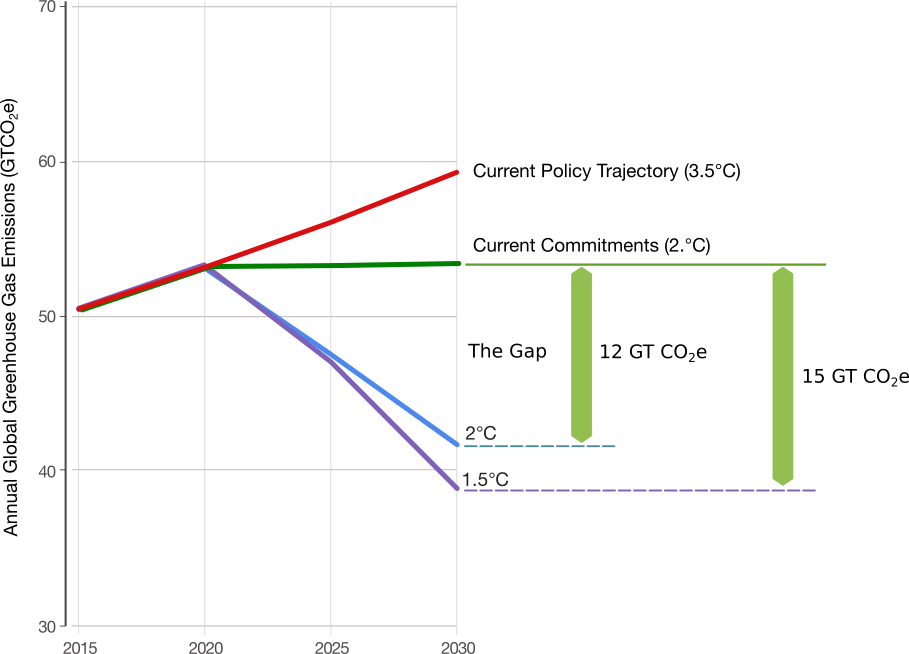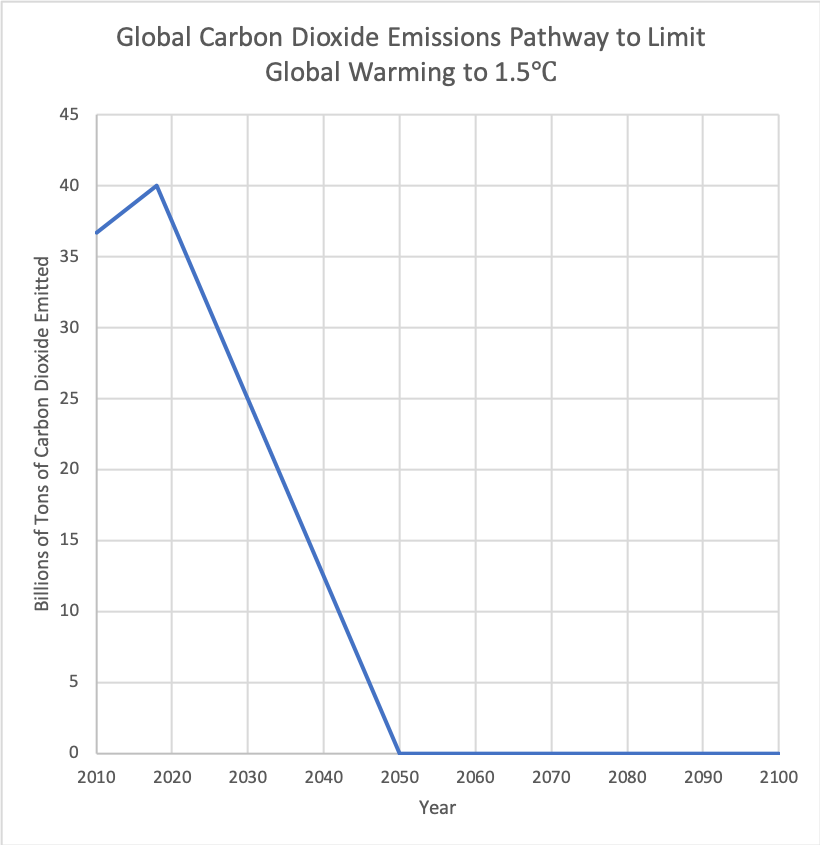 With the Paris Agreement coming into force this Thursday (Nov 4), and a new round of climate talks starting up in Marrakech next week, it seems like a good time for a brief little explainer on what the Paris Agreement is and how it works.
With the Paris Agreement coming into force this Thursday (Nov 4), and a new round of climate talks starting up in Marrakech next week, it seems like a good time for a brief little explainer on what the Paris Agreement is and how it works.
The Paris Agreement sets an official goal of keeping long-term global warming to well-below 2°C, and an ambition to keep warming below 1.5°C.
Each country is required to submit a plan to reduce its greenhouse gas emissions. These plans are called Intended Nationally Determined Contributions (INDCs or NDCs). Plans must be revised every five years, and each successive revision must be more ambitious than the last.
The parties are to meet every five years to take stock of current commitments and progress toward the 2° goal. The first of these “global stocktakes” is to take place in 2023.
To date, 197 countries* have signed the agreement, and 92 countries have formally adopted it.
Emissions reductions are voluntary, and are not specifically prescribed by the agreement. Each nation is given the responsibility to determine what contribution they will make, with the understanding that the contribution will
…reflect its highest possible ambition, reflecting its common but differentiated responsibilities and respective capabilities, in the light of different national circumstances.
This basically requires each country to step up and do the best they possibly can. It’s expected that developed countries and those countries with the highest emissions will take the lead, but that all countries will contribute toward a common goal.
A voluntary agreement such as this can’t penalize countries for failing to live up to their commitments, but rather relies on a “name and shame” strategy where other signatories and third parties use social pressure to encourage compliance.
Those are the basics. Next up: What are countries promising, and is it enough? (Spoiler: no)
Here are some good resources if you want to get into more detail:
The official UN website: http://unfccc.int/paris_agreement/items/9485.php
Grist has a great post: http://grist.org/climate-energy/heres-what-you-need-to-know-about-the-new-paris-climate-agreement/
If you can get your hands on it, this is a great article: Schleussner, CF, et al. 2016. Science and policy characteristics of the Paris Agreement temperature goal. Nature Climate Change 6, 827–835. http://www.nature.com/nclimate/journal/v6/n9/full/nclimate3096.html
* I’m using the term “countries” for simplicity here. In reality, one of those “countries” is the European Union, which is obviously not a country, but let’s not get technical where we don’t absolutely have to.



